Cellular, Wi-Fi & Satellite For a Fixed Location
If you're going to be in a fixed location for a while in your RV or boat - or even in a rural housing situation - you may still be dependent upon the types of mobile internet options we cover here at the Mobile Internet Resource Center. Cellular, satellite and using Wi-Fi sources aren't exclusive for use by mobile nomads.
There are times when you may park your wheels or dock your keels for an extended period of time in one spot.
Perhaps seasonal RV or boat travels, or staying in one location for a while as you take temporary work or workamping gigs, is the pace that fits your lifestyle.
Perhaps you've purchased land to keep your RV at, and want an internet solution at that fixed location.
Or you may have a fixed residential traditional home base and travel by RV or boat only part of the time - but want a mobile internet solution you can use for both.
Or perhaps you live in a rural area where traditional wired home internet solutions aren't viable - so you're looking for cellular or satellite options.
Or you're a cord-cutter relying on similar mobile solutions to RVers and boaters.
This guide is meant to help you utilize mobile internet options like cellular, satellite, and Wi-Fi when you find yourself in a fixed stationary location for a while.
If you're a member, please log in above to see your exclusive content.
Don't need a membership? Other ways you can support our work here:
-
As seen in our videos!
-
Get a FREE Month of Starlink!
And our team will get one too!
-
Get a FREE Month of T-Mobile Unlimited Data
Join the Calyx Institute, and get a bonus month - and we do too!
-
Save $20 on Visible
Verizon's prepaid phone plan, we also get a $20 credit.
-
Leave a Tip!
Send our team some beer money!!
-
Share About Us!
Link to our content, tell others about MIRC. It's Free!
It is with huge gratitude to our members for making the free unbiased educational content on our site possible. We're not sponsored, you'll find no 3rd party ads and we don't sell gear or data plans.
Our members get exclusive access to our in-depth content, classrooms, vendor discounts (that can save you more than membership!), alerts, insider info and interactive guidance. They can even book private advising sessions.
If mobile internet is an important part of your lifestyle, consider helping make MIRC possible by joining or supporting our mission.
Fixed Location Mobile Internet Video Overview
Here's a quick video overview with some tips for optimizing your mobile internet setup when in a fixed stationary location:
A lot has changed since this video was filmed in 2020 with launch of Starlink. For current mobile satellite solutions check here for the latest information in our Starlink for RVers and Boaters guide.
Mobile Internet for Stationary Fixed Locations
The challenges of a stationary fixed location internet set-up and a mobile internet set-up are different. And if you're mobile but staying in one location for an extended period, that can also add challenges.
One of our catchphrases here is:
The best internet solution is the one that works best at your current location.
 For mobile RVers and boaters, location is variable, so what works best will also be variable. A mobile internet setup aims to have various options ready to be deployed as you move from location to location to increase the chances you'll have the connectivity you need.
For mobile RVers and boaters, location is variable, so what works best will also be variable. A mobile internet setup aims to have various options ready to be deployed as you move from location to location to increase the chances you'll have the connectivity you need.
On the other hand, a stationary or extended stay setup for a fixed location can be optimized for what mobile internet solution works best at a particular location.
If you're staying in one fixed location for a long period of time in your RV or boat, you'll (hopefully) only need to figure out what works best in your given location once. With, perhaps, infrequent updates and options at that location change.
While the upside of being stationary is that you can optimize your mobile internet for the best solution, the downside can be that finding the best solution may take a lot of trial and error.
For this guide, "stationary" means optimizing for a single location because you'll be at a location for an extended time, or have a permanent or semi-permanent presence.
For more information on mobile internet options for active nomads:
How to Find What Mobile Internet is Best in a Fixed Location
 Our number one tip for determining what mobile internet option works best in a specific fixed location?
Our number one tip for determining what mobile internet option works best in a specific fixed location?
Ask your neighbors.
You can learn a lot just by asking what those around you already use for their internet access.
Ask the owners, management, or other guests what they suggest if you're at a campground, RV park, marina, or other housing situation.
You can also check reviews for mentions of internet access. The FCC Broadband map can also help you see what options might be available in your area - including cellular, satellite, fixed wireless, and wired options.
If you're hitting brick walls, you must try different solutions - which can be time-consuming and costly. But once you have it all tuned in, the investment should hopefully pay off for a long time.
Member Exclusive Content Below
Member Exclusive Content In This Guide
Has this guide been helpful so far?
Well.. there's a lot more below available to our members. As well as dozens of other guides like this, videos, classrooms, forums, webinars and more. All specifically created for helping keep RVers, cruisers and nomads online.
Consider Becoming a Member
If mobile internet is an important part of your lifestyle, a membership can help keep you connected with these exclusive benefits:
- in-depth exclusive content
- interactive guidance
- vendor discounts
- alerts & insider tips
- classroom
- community
Free Content Like This Made Possible By Our Members!
We are community funded via our premium membership program - allowing us to focus on creating unbiased quality, in-depth, constantly updated content. We don't accept 3rd party advertising, we're not sponsored and we don't sell 'stuff'.
Already a member?
Log in to continue with this guide.
Check out the Topics Covered in the Member Section:
RV Fixed Location Mobile Internet Options
The possibilities may not be endless, but they are typically more abundant than options for a mobile nomadic lifestyle. This section discusses the mobile internet options that may fit stationary fixed location setup well.
Mobile Internet Enhancement Tools
Even in a stationary setup, you may need to do things to enhance whatever signal it is you're using. This section covers your options for enhancing a setup in a stationary location.
Residential Home
Some special considerations for residential-sized homes when using mobile internet solutions are discussed in this section.
Summary: Optimizing Mobile Internet for a Fixed Location
Although mobile internet solutions are not always optimal for fixed location settings, they can often work fine or with some tweaking. In some cases, however, you will need to optimize for a stationary or long-term stay with specific gear and connection options that work best at that location.
For those who are 'too far off the grid' to access typical stationary household options, investigating what those who are mobile use can be a good 'jump off' point to find an internet solution.
For part-time nomads who spend significant time both stationary and mobile, creating a 'mixed internet arsenal' utilizing stationary options when and mobile option is often the solution.
Explore the Resource Center
Have Questions?
Join our 'Library Desk':
Internet for RVers & Cruisers Facebook Group
We cross post news articles and guides, and can help point you in the right direction to our content here on the resource center.
It is with gratitude to our premium members that we're able to offer our free content - and for that, they also have access to our member Q&A areas for more in-depth guidance.
Become a Member
 The MIA is our premium membership - designed for those who consider mobile internet an important part of their lifestyle.
The MIA is our premium membership - designed for those who consider mobile internet an important part of their lifestyle.
In thanks for making content like this possible, we offer a bunch of additional perks. From interactive guidance, in-depth member exclusive content, discounts, alerts, classroom and ability to book private advising sessions.
Stay In the Know
We're constantly tracking the industry and analyzing new developments for mobile travelers. If you'd like to receive updates, we offer several ways:
- Subscribe to our free monthly newsletter
- Subscribe to our News Stories RSS Feed
- Subscribe to our YouTube Channel
- Follow our Facebook Page
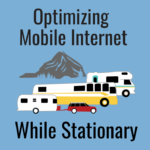

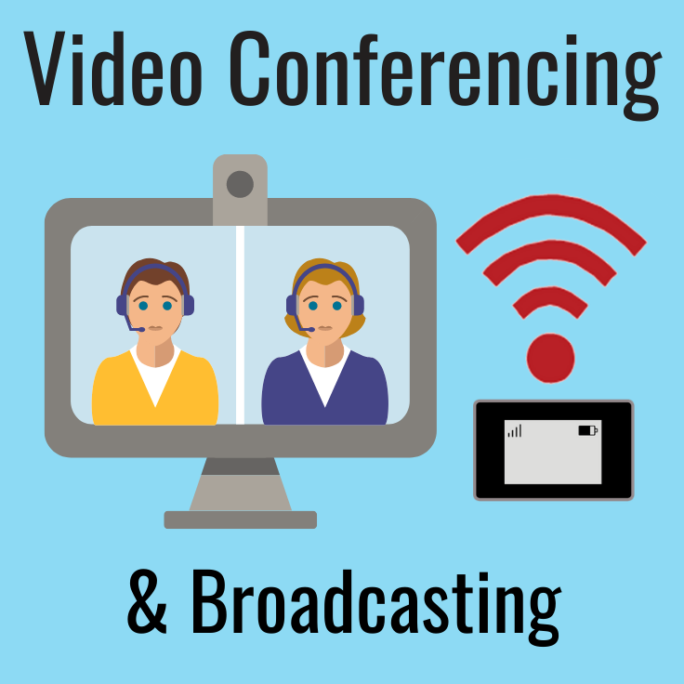
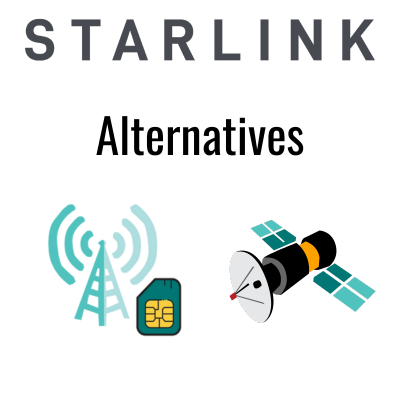
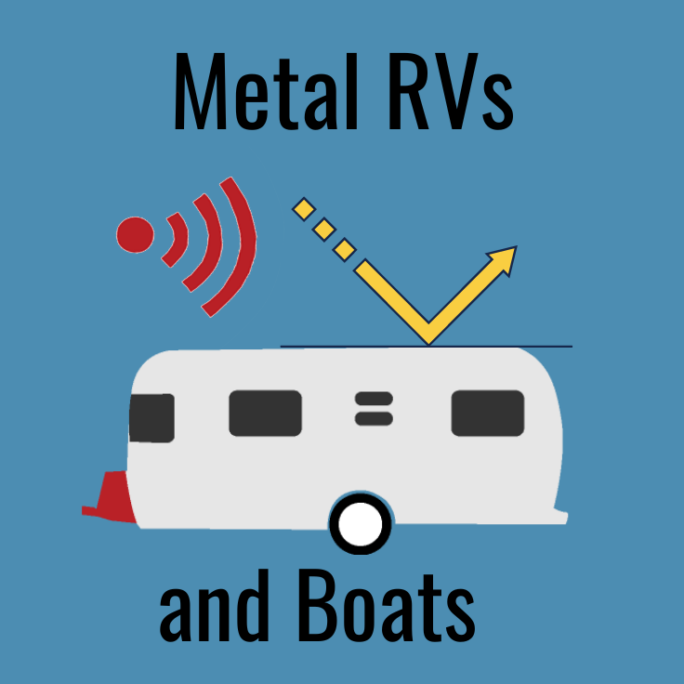

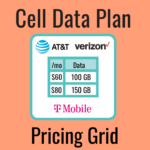
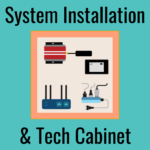
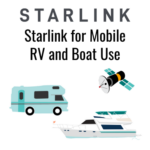

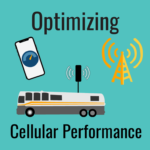
 Mobile Internet Resource Center (dba Two Steps Beyond LLC) is founded by Chris & Cherie of
Mobile Internet Resource Center (dba Two Steps Beyond LLC) is founded by Chris & Cherie of